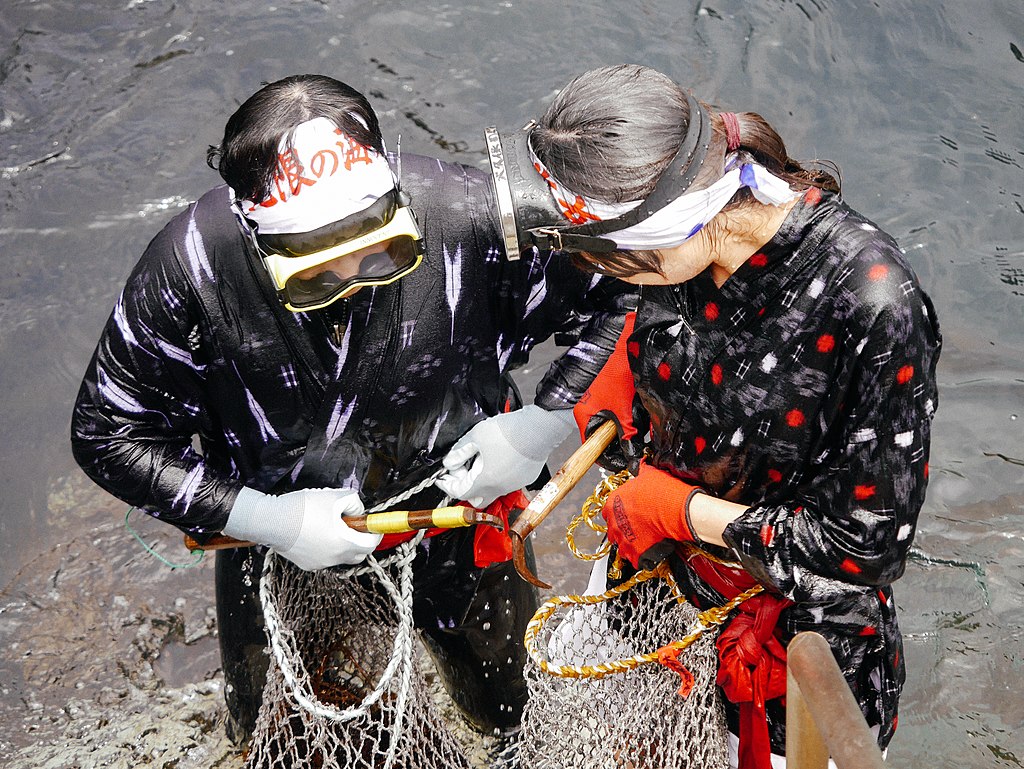Sep 28, 2022
The Japanese Pearl Industry and Kobe Pearl Museum
Pearls have been used worldwide in jewelry and other accessories for centuries. People in ancient Japan would offer these so-called white gems to the gods. Despite this, farming pearls only began in 1888 in Ago Bay in Ise-Shima. It then took until 1906 before a method developed to produce round pearls (the technique was later adopted worldwide). You can learn about the cultivation and processing practices, how the pearl industry has progressed from its beginnings to the current day, and the different varieties of pearls at Kobe Pearl Museum.
Pearl Processing in Kobe
Kobe isn’t just the center of pearl processing in Japan, as it produces around 70 percent of all the pearls in the world. Most of the pearls are from Akoya oysters, a bivalve species with a shell spanning about 10 centimeters.
Creating the pearls involves implanting a nucleus into the oyster and then allowing the oyster to remain in the sea for as long as two years. Over this time, the oysters require special care, including cleaning their shells and monitoring the surrounding water. After the pearls are harvested, a professional must process them to confirm their quality and remove any imperfections.
There are several reasons why Kobe is a top location for pearl processing beyond the fact that the company that created the technique for removing imperfections was founded here. One reason is that the unprocessed pearls can enter the city through the Port of Kobe and, when processed, can be exported from the same place. A second reason is the unique quality of Mount Rokko in the way it reflects and softens light is ideal for checking the quality of the pearls.
Kobe Pearl Museum
Kobe Pearl Museum is in the Japan Pearl Hall, a building worth visiting for its architecture alone. The museum showcases features of the pearl production process, including the cages where the oysters are kept in the sea, the processing sites where pearls are ranked (these windows face north toward Mount Rokko), and the duralumin cases used to transport pearls.
You’ll also see examples of the different oysters used to create pearls. Kobe processes pearls from countries that use species of oysters other than the Akoya. Some of these pearls have a different hue from the familiar white, as the color depends on the oyster species and where it was cultivated. For instance, the silver-lipped oysters from the South Seas can produce gold pearls, whereas pearls from Tsushima are deep blue.
Purchasing Pearls
In the same building as the museum, you’ll find Kobe Pearl Souq, where you can purchase a variety of accessories featuring pearls. Although pearls are often considered a luxury, items with just a single pearl can be affordable.
Kobe Pearl Museum is small but packed with information about pearl farming and its history. It’s also one of the best places to see all kinds of pearls ranging from single Akoya pearls to elaborate items like a pearl tree and a bell made of pearls to commemorate the reconstruction of Kobe after the Great Hanshin Earthquake.
Tai-Jan Huang, CC BY 2.0, via Wikimedia Commons


About the author